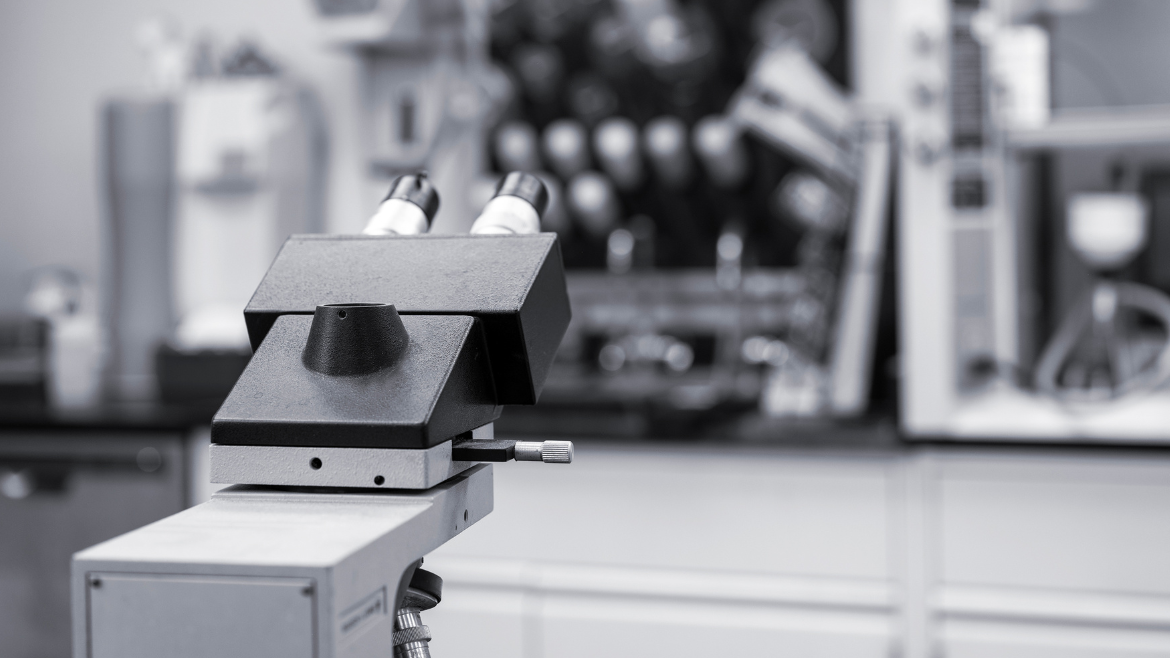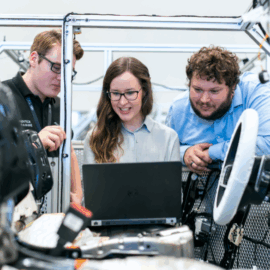
The One Big Beautiful Bill (OBBB), signed into law on July 4, 2025, introduces significant changes to the tax treatment of Research and Experimental (R&E) expenditures under Section 174 of the Internal Revenue Code. These changes largely reverse the mandatory capitalization and amortization requirements established by the 2017 Tax Cuts and Jobs Act (TCJA). The immediate expensing of domestic R&E costs will provide substantial relief and renewed incentives for businesses engaged in innovation.
Background on Section 174 and TCJA Changes
Prior to the TCJA, Section 174 allowed taxpayers to either immediately deduct R&E expenditures or elect to capitalize and amortize them over a period of at least 60 months. This flexibility was intended to encourage R&E activities. However, for tax years beginning after Dec. 31, 2021, the TCJA mandated that all R&E expenditures be capitalized and amortized over a five-year period for domestic research and a 15-year period for foreign research. This change created cash flow challenges and was widely seen as a disincentive to domestic innovation.
New Section 174 Provisions under OBBBA
The OBBB introduces a new Section 174A, which fundamentally alters the treatment of domestic R&E expenditures.
Key provisions and impacts include:
- Permanent Restoration of Full Domestic Expensing: For tax years beginning after Dec. 31, 2024, taxpayers are once again permitted to fully deduct domestic R&E expenditures in the year they are paid or incurred. This restores the pre-TCJA treatment and is a permanent change.
- Optional Capitalization and Amortization: While immediate expensing is now the default — and generally most advantageous position — the OBBB retains the option for taxpayers to elect to capitalize domestic R&E expenditures and amortize them over a period of not less than 60 months. This flexibility can be advantageous for certain taxpayers, such as those subject to the alternative minimum tax (AMT).
- Treatment of Foreign R&E Expenditures: The OBBB explicitly does not change the capitalization requirement for foreign-based R&E expenditures. These costs must continue to be capitalized and amortized over a 15-year period. This distinction aims to incentivize domestic research activities.
- Software Development Costs: The OBBB clarifies that amounts paid or incurred in connection with the development of any software continue to be treated as R&E expenditures under Section 174A. This means software development costs, regardless of whether they are incurred domestically or internationally, are subject to these new (or continuing) rules.
- Recovery of Previously Capitalized Amounts (Retroactive Relief): The OBBB provides mechanisms for taxpayers to recover domestic R&E expenditures that were previously capitalized under the TCJA’s Section 174 rules specifically for tax years beginning after Dec. 31, 2021, and before Jan. 1, 2025.
- General Rule: For all taxpayers, regardless of size, the OBBB offers flexibility in recovering remaining unamortized domestic R&E expenditures. Taxpayers can elect to deduct any remaining unamortized domestic R&E expenditures either entirely in the first taxable year beginning after Dec. 31, 2024 (i.e., 2025), or ratably over a two-year period (2025 and 2026).
- Small Business Relief: Eligible small businesses (generally those with average annual gross receipts of $31 million or less over the past three years) have an additional option: They may elect to retroactively apply the full expensing rules of new Section 174A to tax years beginning after Dec. 31, 2021. This allows them to amend prior returns (typically 2022-2024) to claim full deductions and potentially receive refunds.
- Automatic Accounting Method Change: The legislation grants companies an automatic change in accounting method on a cut-off basis to implement these new rules. This simplifies the process for businesses to revert to immediate expensing without needing explicit IRS permission.
- Coordination with Research Credit (Section 41): To prevent taxpayers from claiming undue benefit, the OBBB includes specific amendments to coordinate Section 174A with Section 41 (aka the Research Credit). Generally, the amount of domestic R&E expenditures deducted under Section 174A must be reduced by the amount of the research credit claimed under Section 41 to prevent double-dipping.
Broader Context and Impact
The restoration of immediate expensing for domestic R&E expenditures under Section 174A is a significant win for U.S. businesses. The change is expected to have several overarching positive impacts, particularly those in R&D-intensive sectors like technology, biotech, and advanced manufacturing. It is expected to:
- Improve Cash Flow: The most immediate and tangible benefit of the OBBB is the significant improvement in cash flow. By allowing immediate deductions, businesses will see a reduction in their current year taxable income and corresponding tax liabilities, freeing up capital for reinvestment.
- Incentivize Innovation: The policy realigns tax treatment with the economic reality of R&D, encouraging greater investment in U.S. based domestic research and development activities.
- Reduce Administrative Burden: While R&D activities still need to be documented for Section 41 credits, the elimination of mandatory amortization simplifies compliance for many businesses.
Your Takeaway
The OBBB’s overhaul of Section 174 provisions is a positive and critical development for U.S. businesses engaged in research and experimental activities. The permanent restoration of immediate expensing for domestic R&E, coupled with retroactive relief options, provides a powerful incentive for innovation and strengthens the competitive position of U.S. companies. Businesses should promptly review their R&E expenditures and consult with tax advisors to leverage these new rules effectively, including evaluating the best approach for recovering previously capitalized amounts.




